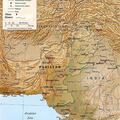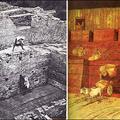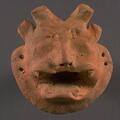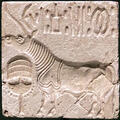The Indus Civilization: 100 Years of Discovery
An audio interview with Dr. Jonathan Mark Kenoyer with Wisconsin Public Radio explores his work and discoveries at Harappa, where stone tools suggest the area was inhabited as early as 10,000 BCE. An fine hour of highlights and key finds around crops, animals and culture and evidence for the earliest curries and writing.




